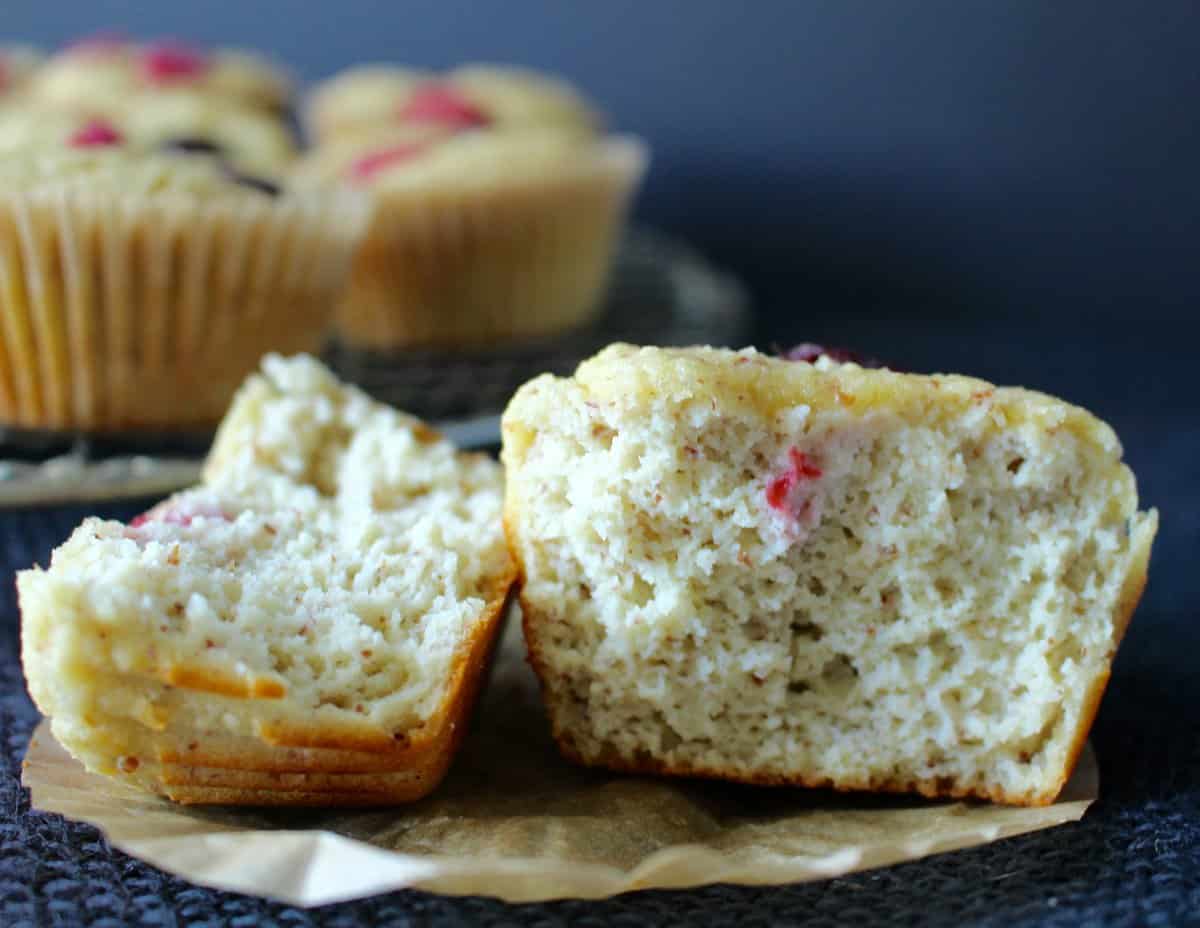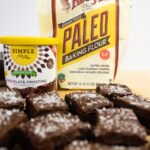Fuel your busy mornings with delicious and nutritious Easy Paleo Breakfast Muffins! These portable powerhouses are perfect for on-the-go lifestyles, offering a variety of flavors and textures to satisfy even the most discerning palate. Whether you prefer the sweetness of banana, the subtle earthiness of sweet potato, or the light freshness of zucchini, there’s a paleo muffin recipe here to become your new breakfast staple. We’ll guide you through simple steps, ingredient substitutions, and creative serving suggestions, ensuring you master the art of creating these healthy and convenient treats.
Imagine grabbing a perfectly baked muffin, bursting with wholesome ingredients, as you rush out the door. No more frantic searches for a quick, healthy breakfast option! These recipes are designed for ease and efficiency, minimizing prep time while maximizing flavor and nutritional value. From understanding the nuances of each ingredient to mastering the perfect baking technique, this guide empowers you to create muffins that are both satisfying and effortlessly delicious.
Step-by-Step Baking Guide
These Paleo breakfast muffins are incredibly versatile and adaptable. This guide will walk you through creating a delicious batch of savory bacon and cheddar muffins, highlighting techniques applicable to various recipes and pan types. The result is a perfectly moist, flavorful muffin that’s ideal for a grab-and-go breakfast.
Ingredients and Preparation
Begin by gathering all your ingredients. You’ll need 6 large eggs, a splash of milk (almond or coconut milk work well), 1/2 cup shredded cheddar cheese, 4 slices of cooked bacon, finely chopped, 1/4 cup almond flour, 1 teaspoon baking powder, 1/4 teaspoon salt, and a dash of black pepper. Preheat your oven to 375°F (190°C). Grease a 12-cup muffin tin or line it with paper liners for easy removal. This preparation ensures even baking and effortless cleanup. A lightly greased loaf pan, approximately 9×5 inches, can also be used for a larger, single-serving option.
Combining Wet and Dry Ingredients
In a medium bowl, whisk together the eggs and milk until light and frothy. This step incorporates air, leading to a lighter texture. In a separate bowl, combine the almond flour, baking powder, salt, and pepper. Gently fold the dry ingredients into the wet ingredients, mixing until just combined. Overmixing can result in tough muffins; avoid overworking the batter. The batter should be slightly thick, similar in consistency to pancake batter.
Incorporating Bacon and Cheese
Carefully fold in the chopped bacon and shredded cheddar cheese. Distribute the mixture evenly throughout the batter to ensure each muffin has a delightful combination of savory bacon and cheesy goodness. Avoid overmixing at this stage to maintain the texture. Visualize the bacon and cheese subtly dispersed throughout the golden-brown muffin, creating a visually appealing and flavorful breakfast treat.
Baking the Muffins
Fill each cup of the prepared muffin tin about two-thirds full. For the loaf pan, simply pour the batter into the prepared pan. Bake for 20-25 minutes, or until a toothpick inserted into the center comes out clean. For the loaf, increase baking time to approximately 40-45 minutes, checking for doneness with a toothpick inserted into the center. Keep a close eye on the muffins, as oven temperatures can vary. The tops of the muffins should be golden brown and slightly firm to the touch.
Cooling and Serving
Remove the muffins from the oven and let them cool in the tin for a few minutes before transferring them to a wire rack to cool completely. This prevents sticking and ensures even cooling. Once cooled, the muffins are ready to be enjoyed. Store leftovers in an airtight container in the refrigerator for up to 3 days. These muffins are equally delicious warm or at room temperature. They are perfect for a quick breakfast on the go or a satisfying snack.
Ingredient Substitutions and Adaptations

Paleo baking offers delicious and healthy options, but dietary restrictions or preferences might necessitate ingredient swaps. This section details suitable substitutions for common paleo breakfast muffin ingredients, ensuring you can enjoy these delightful treats regardless of specific dietary needs. We’ll cover options for nut allergies, vegan diets, and dairy-free lifestyles.
Adapting this recipe for various dietary needs involves thoughtful replacements that maintain the muffins’ texture and flavor. Careful substitution is key to preserving the integrity of the recipe while accommodating individual requirements. The following guidelines will help you create delicious and suitable paleo breakfast muffins for everyone.
Nut-Free Alternatives
Nut allergies are a significant concern, so finding suitable replacements for almond flour and other nut-based ingredients is crucial. Sunflower seed flour, coconut flour, or a blend of both, can often successfully replace almond flour. Remember that different flours absorb liquids differently, so you might need to adjust the liquid content slightly depending on your chosen substitution. For example, coconut flour tends to absorb more liquid than almond flour, potentially requiring additional eggs or water. Experimentation and careful observation are key to achieving the desired consistency.
Vegan and Dairy-Free Adaptations
Creating a vegan and dairy-free version requires substituting eggs and any dairy-based ingredients. Flax eggs (1 tablespoon of ground flaxseed meal mixed with 3 tablespoons of water) or chia eggs (similar ratio of chia seeds and water) are excellent egg replacements. They bind ingredients similarly to eggs, contributing to the muffin’s structure. For dairy-free options, ensure your chosen sweeteners and any added ingredients (like chocolate chips) are also dairy-free. Many commercially available dairy-free chocolate chips are available.
Suitable Substitutions
- Almond Flour: Sunflower seed flour, coconut flour, or a blend of both. Consider adjusting liquid amounts based on the flour’s absorbency.
- Eggs: Flax eggs (1 tbsp flaxseed meal + 3 tbsp water) or chia eggs (1 tbsp chia seeds + 3 tbsp water). One flax or chia egg generally replaces one regular egg.
- Honey/Maple Syrup: Agave nectar, date paste, or coconut sugar (adjust sweetness to taste). Note that the sweetness and moisture content can vary between these alternatives.
- Coconut Oil: Avocado oil, olive oil (refined for a neutral flavor), or melted coconut butter.
- Dairy (e.g., in chocolate chips): Ensure all ingredients are certified dairy-free, using dairy-free chocolate chips or avoiding chocolate entirely.
Storage and Reheating
Proper storage and reheating are crucial for preserving the delicious taste and texture of your Easy Paleo Breakfast Muffins. These methods will help ensure your muffins remain enjoyable for several days after baking, minimizing any loss of their delightful moistness and robust flavors. Following these guidelines will help you maximize the enjoyment of your homemade treats.
Storing leftover muffins correctly prevents them from drying out and losing their appealing softness. Airtight containers are your best friend in this process.
Muffin Storage Methods
The best way to maintain the freshness and quality of your paleo breakfast muffins is to store them in an airtight container at room temperature for up to three days. Alternatively, for longer storage (up to a week), refrigeration is recommended. Freezing is also a viable option for extended storage; simply wrap individual muffins tightly in plastic wrap and then place them in a freezer-safe bag or container. This will prevent freezer burn and maintain their quality for up to two months.
Muffin Reheating Methods
Several methods exist for reheating your muffins, each yielding slightly different results. Choosing the right method depends on your preference for texture and the time you have available.
Microwave Reheating
Microwaving is the quickest method, ideal for a speedy breakfast. Simply wrap the muffin in a damp paper towel and microwave on high for 15-20 seconds, or until heated through. This method can sometimes lead to slightly rubbery textures; however, adding a few seconds of air-drying after reheating can mitigate this. Imagine the steam gently escaping, restoring a fluffier consistency.
Oven Reheating
For a more even and traditional reheating experience, preheat your oven to 350°F (175°C). Place the muffins on a baking sheet and bake for 5-7 minutes, or until heated through and slightly warmed on the outside. This method retains the muffin’s original texture best, resulting in a consistently moist and fluffy interior. The gentle warmth of the oven helps to revitalize the flavors and textures.
Toaster Oven Reheating
A toaster oven offers a happy medium between speed and quality. Place the muffin directly on the toaster oven rack and bake at 350°F (175°C) for 3-5 minutes, or until heated through. This method is faster than using a full-size oven but still provides a more even heating than the microwave, resulting in a pleasant, warmed-through texture without the risk of rubberiness. The compact heat distribution allows for a quick and even reheating process.
Mastering the art of making Easy Paleo Breakfast Muffins for On-the-Go opens a world of convenient and healthy breakfast possibilities. With a variety of recipes to choose from, and the knowledge to adapt them to your dietary needs and preferences, you’ll be equipped to create delicious, nutritious muffins that perfectly fit your lifestyle. So, embrace the ease and enjoy the deliciousness of these portable paleo powerhouses—your mornings will thank you!
Questions Often Asked
Can I freeze these muffins?
Yes! Freeze baked muffins in an airtight container for up to 3 months. Reheat from frozen in the oven or microwave.
How long do they stay fresh at room temperature?
Stored in an airtight container at room temperature, they’ll stay fresh for 2-3 days.
What if I don’t have all the specified ingredients?
The recipe provides substitution suggestions for many ingredients; consult the ingredient substitution section for alternatives.
Are these muffins suitable for children?
Yes, these muffins are generally suitable for children, but always check for any specific allergies or dietary restrictions.


